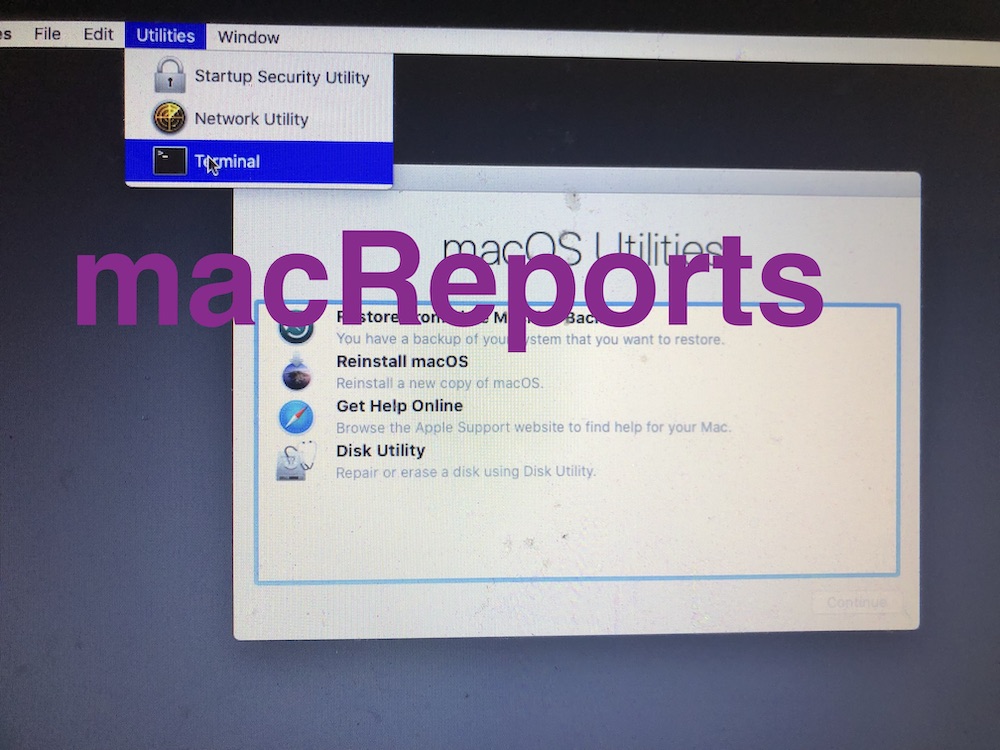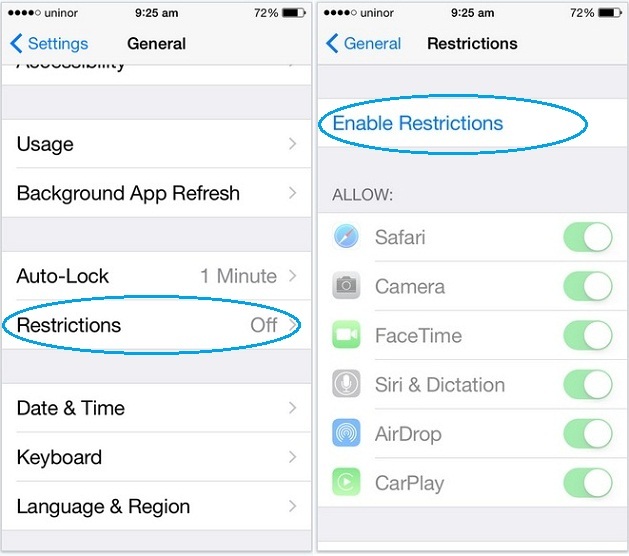

- #MACOS APP KEEPINGYOUAWAKE ALLOW DISPLAY TO TURN OFF FOR FREE#
- #MACOS APP KEEPINGYOUAWAKE ALLOW DISPLAY TO TURN OFF FOR MAC OS X#
- #MACOS APP KEEPINGYOUAWAKE ALLOW DISPLAY TO TURN OFF DOWNLOAD ZIP#
- #MACOS APP KEEPINGYOUAWAKE ALLOW DISPLAY TO TURN OFF APK#
relative-numbers - Relative line numbers. terminal-plus - A terminal package for Atom, complete with themes and more.

#MACOS APP KEEPINGYOUAWAKE ALLOW DISPLAY TO TURN OFF FOR MAC OS X#
Poetri - Terminal + IDE with superpowers Macvim - Vim - the text editor - for Mac OS X Atom - The hackable text editor. In the toolbar, select the AVD that you want to run your app on from the target device drop-down menu. Xcode - Essential IDE for iOS/macOS development. To start the Android Emulator and run an app in your project: In Android Studio, create an Android Virtual Device (AVD) that the emulator can use to install and run your app.
#MACOS APP KEEPINGYOUAWAKE ALLOW DISPLAY TO TURN OFF APK#
When you have the APK, just click on Add your APK and browse to the downloaded APK file on your Mac. Note that you cannot obtain APK files from the Google Play store. If you download an older version, you will obviously end up running an older version of the app instead.
#MACOS APP KEEPINGYOUAWAKE ALLOW DISPLAY TO TURN OFF DOWNLOAD ZIP#
Step 5: Click Download ZIP and click Save to save it to the directory you established in Step 3. Step 4: Click the Add your APK button, and point to the APK you downloaded in Step 2. Step 3: Run ARC Welder, and select a local directory. What’s an Emulator? This is a piece of software, which lets a computer system act like another.
#MACOS APP KEEPINGYOUAWAKE ALLOW DISPLAY TO TURN OFF FOR FREE#
Android is the most popular operating system in the world right now, and you can try it out for free on your Mac. * If you're prompted to open the app in Finder and you're sure you want to open it despite the warning, you can control-click the app, choose Open from the menu, and then click Open in the dialog that appears. Enter your admin name and password to open the app.How to run Android apps on Mac. A new preference for users to opt out of these security protections.Strong protections against server failure.A new encrypted protocol for Developer ID certificate revocation checks.In addition, over the the next year we will introduce several changes to our security checks: To further protect privacy, we have stopped logging IP addresses associated with Developer ID certificate checks, and we will ensure that any collected IP addresses are removed from logs. These security checks have never included the user’s Apple ID or the identity of their device. Notarization checks if the app contains known malware using an encrypted connection that is resilient to server failures. We do not use data from these checks to learn what individual users are launching or running on their devices. We have never combined data from these checks with information about Apple users or their devices.

Gatekeeper performs online checks to verify if an app contains known malware and whether the developer’s signing certificate is revoked. MacOS has been designed to keep users and their data safe while respecting their privacy. Please use caution if you choose to install any software for which your Mac displays an alert. The warning messages displayed below are examples, and it's possible that you could see a similar message that isn't displayed here. Running software that hasn’t been signed and notarized may expose your computer and personal information to malware that can harm your Mac or compromise your privacy. Before opening downloaded software for the first time, macOS requests your approval to make sure you aren’t misled into running software you didn’t expect. By default, macOS Catalina and later also requires software to be notarized, so you can be confident that the software you run on your Mac doesn't contain known malware. When you install Mac apps, plug-ins, and installer packages from outside the App Store, macOS checks the Developer ID signature to verify that the software is from an identified developer and that it has not been altered. If you download and install apps from the internet or directly from a developer, macOS continues to protect your Mac. If there’s ever a problem with an app, Apple can quickly remove it from the store.

Apple reviews each app in the App Store before it’s accepted and signs it to ensure that it hasn’t been tampered with or altered. The safest place to get apps for your Mac is the App Store.


 0 kommentar(er)
0 kommentar(er)
